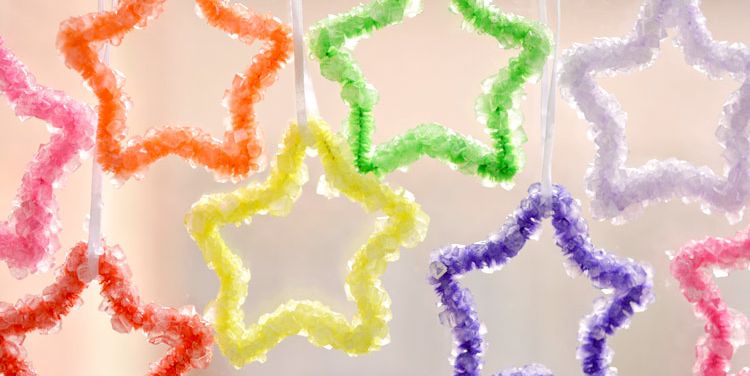
These fun instructional games will keep your kids busy for hours.(Activities for Children)
You need ideas to keep those young academics’ minds engaged whether you’re attempting to prevent the dreaded “summer slip” or are simply searching for a kid-sized mental tune-up. Due to how fun these educational games are for youngsters, they might not even be aware of their educational value. Even better, most of the crafts just require basic household objects, require little preparation, and are simple to clean up. In no time at all, you may create an educational activity by digging through the old art material bin and gathering some toys.
You Can Also Read Our Book By Clicking on this LINK:- https://amzn.to/3ooUaNo
These projects span a variety of subjects, including social studies, STEM, and literacy, so you may zero in on your children’s particular area of interest. They range from simple coding exercises to sight word practise (or subject where they need the most additional practice). One thing all of them have in common is that they all feature some sort of hands-on activity, allowing children to become deeply engaged in their own education. As kids mature, they can even assist in organising the activities for themselves. Even the youngest children deserve a mental workout, so although though these are primarily designed for elementary school students, if you have a toddler or preschooler, you may check out these amusing toddler activities.
1. Pipe Cleaner Star Charts (Activities for Children)
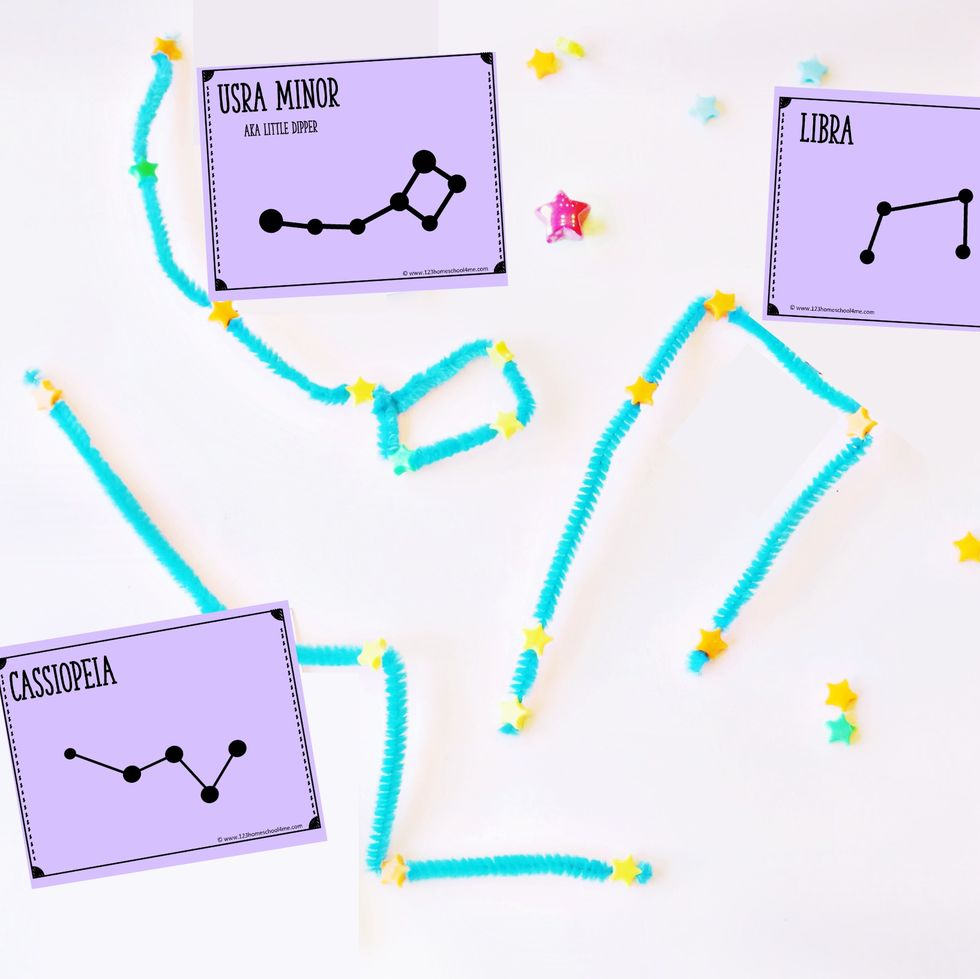
Many courses require students to construct solar system dioramas, but what about the other heavenly bodies? With the help of pipe cleaners and beads, children can engage in a hands-on project that teaches them how stars join to create various constellations.
2. Word family for sunflower (Activities for Children)
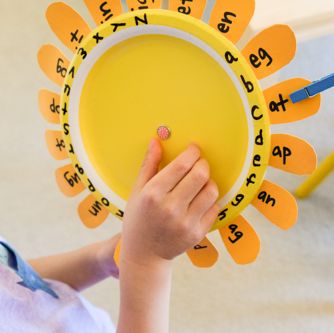
With a word-family sunflower, young readers can experiment with different sound combinations. Draw word ends on the petals, place all the letters of the alphabet in the centre of a paper plate, and then let youngsters spin and read the outcomes.
3. Craft-Stick Sight Word Puzzles (Activities for Children)

Use a craft-stick matching puzzle instead of the standard flash cards for practising sight words. As your children develop their reading skills, you can adjust the vocabulary according to grade level and add new pairs.
4. Flowers Chromatography (Activities for Children)
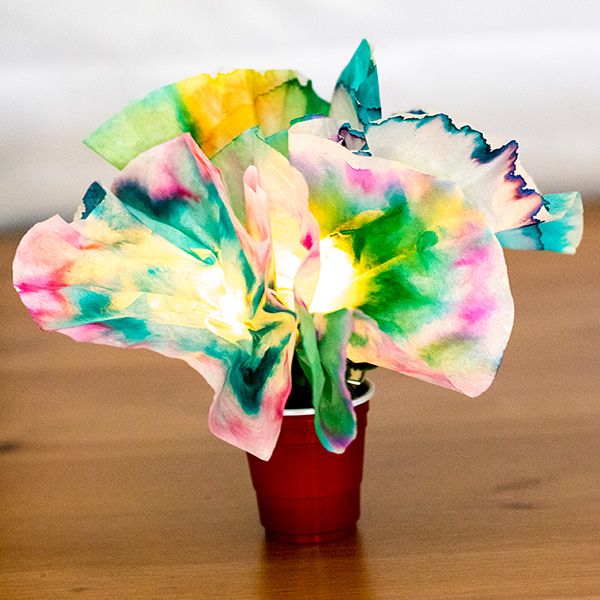
This scientific experiment results in a display item that would look nice on a desk or table. The water will go up the filter and separate the marker into different hues, creating a cool pattern on a filter in the shape of a flower. Coffee filters can be decorated with stripes using markers before being folded into triangles and dipped in water at the pointed end.
5. Labyrinth of LEGO Coding (Activities for Children)
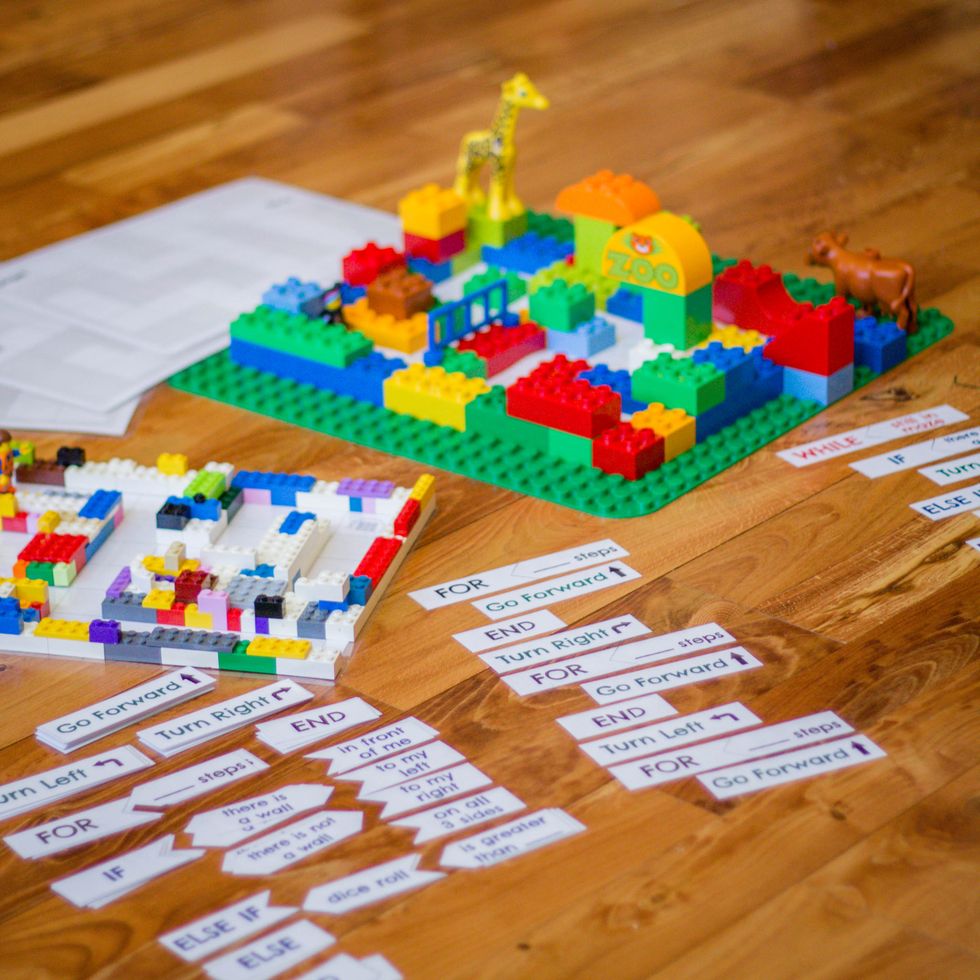
Children may learn the fundamentals of coding without the use of screens or applications. Give children instructions to move a minifigure through a simple LEGO maze. As a youngster gets older, the concepts and mazes may get more complex.
6. Partially Flowers (Activities for Children)
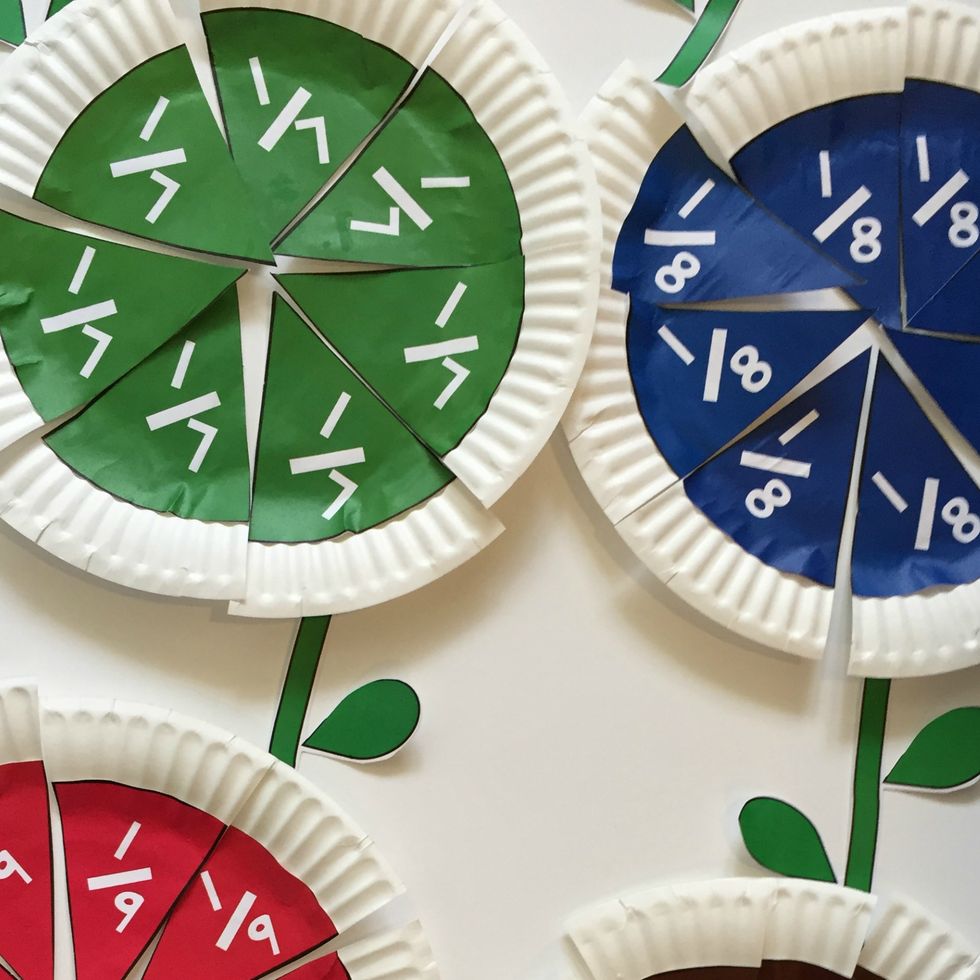
Children will learn equivalents while visualising fractions thanks to these lovely blooms: For instance, two one-eighth peals will be the same size as a quarter petal. Not a flower person? Try a slice of pizza.
7. Homestead Treasure Hunt
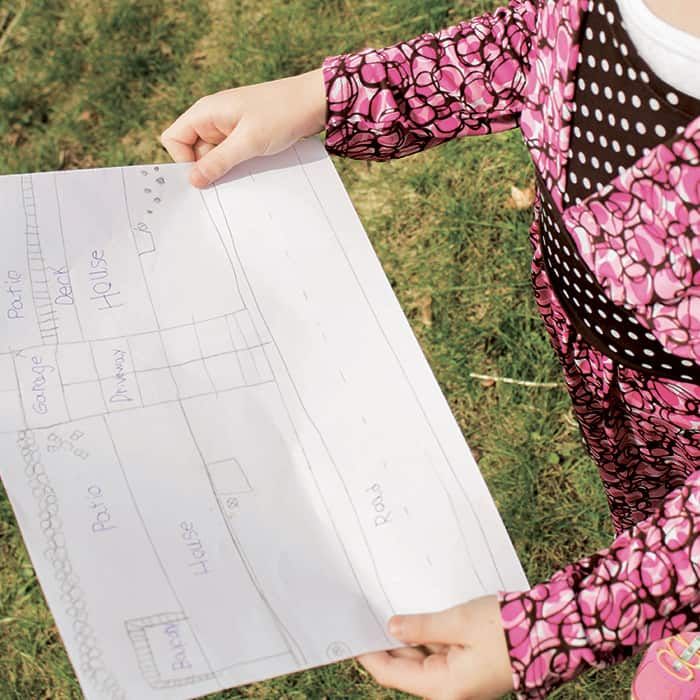
How about honing your map-reading abilities? Have the youngsters use a map to locate a hidden treasure in the backyard. It’s even better if they can draw the map themselves and keep anything from you.
8. Chalk letters on the sidewalk

Get both their body and minds to work at once! To spell out several sight words, hop from letter to letter.
9. Wheel decoder
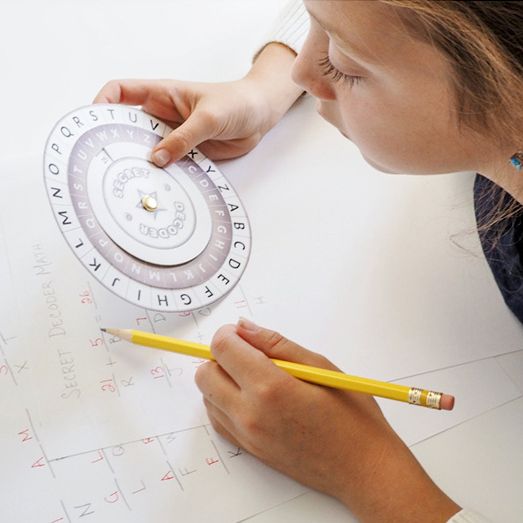
Prepared for some espionage missions? Kids may write and read secret messages using a simple decoder wheel. You can either continue on to different kinds of codes from there or discuss historical applications of cryptography.
10. Dictionary Memory Exercise
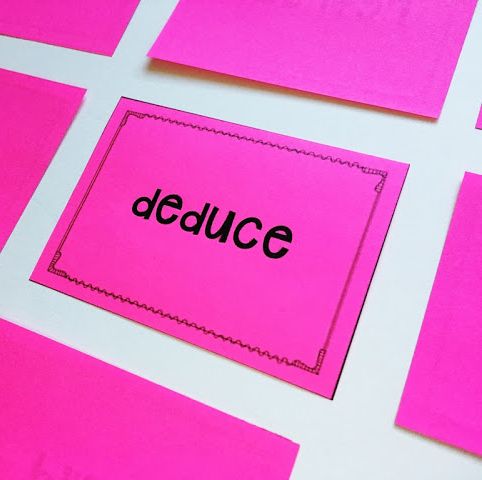
Put new vocabulary terms on one card, definitions on another, and then play a classic game of Memory to practise two abilities at once. This is also possible when using synonyms and antonyms.
11. Explore with Color Mixing
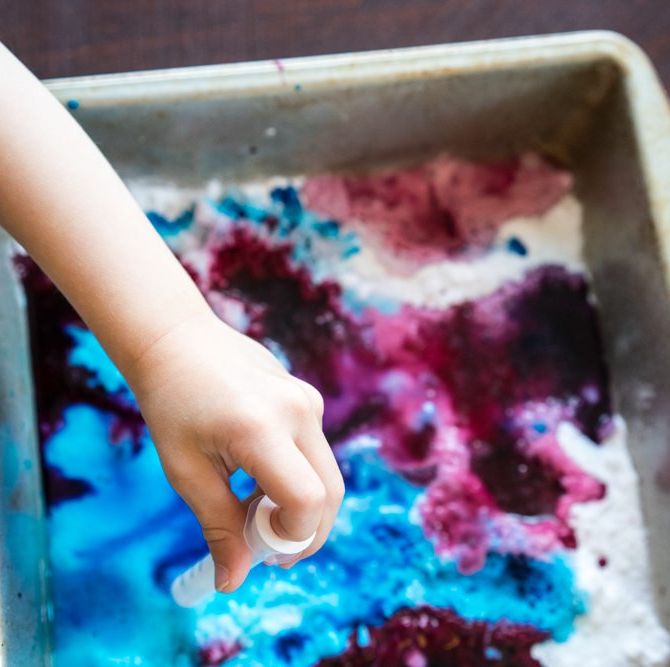
The traditional vinegar and baking soda experiment is made even more fun by the addition of food colouring. Kids can see what happens when various colours are combined in addition to creating more “explosions” with an eye dropper or baster.
12. Pop-Up Math Exercise
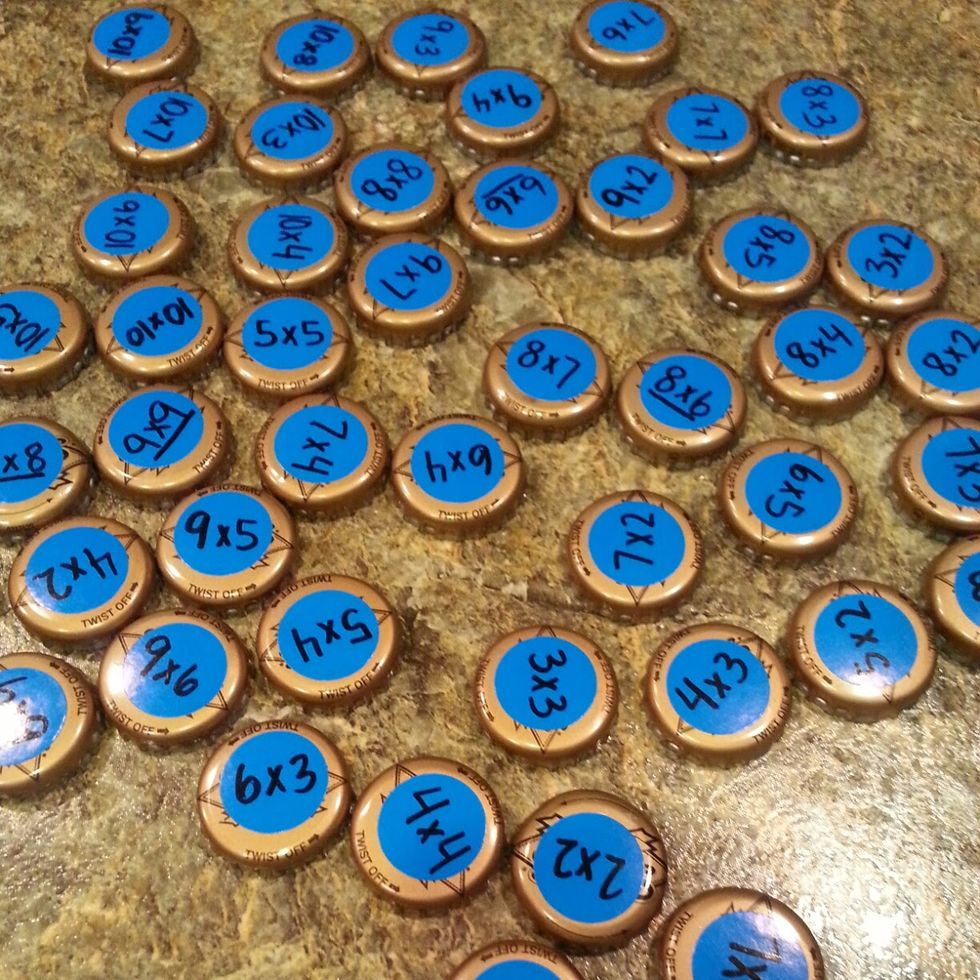
Setting up this game is extremely easy: Write the solutions to the maths problems on the inside of a bottle cap after sticking them there. Then, if a student properly responds to a maths question, they get to keep the top. Otherwise, it remains in the pile. At the conclusion of the game, the player with the most caps wins!
13. A story map
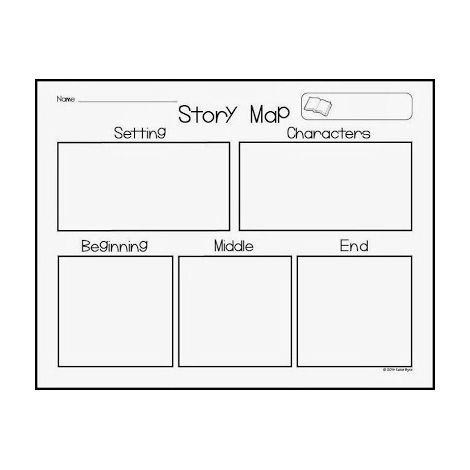
Knowing how stories are put together is helpful for children who want to become authors in the future. They can analyse a book’s sections using a story map. Students can either use them as an outline for an original work or create one based on a story they are familiar with (such as “Goldilocks and the Three Bears”).
14. Shapes of Marshmallows
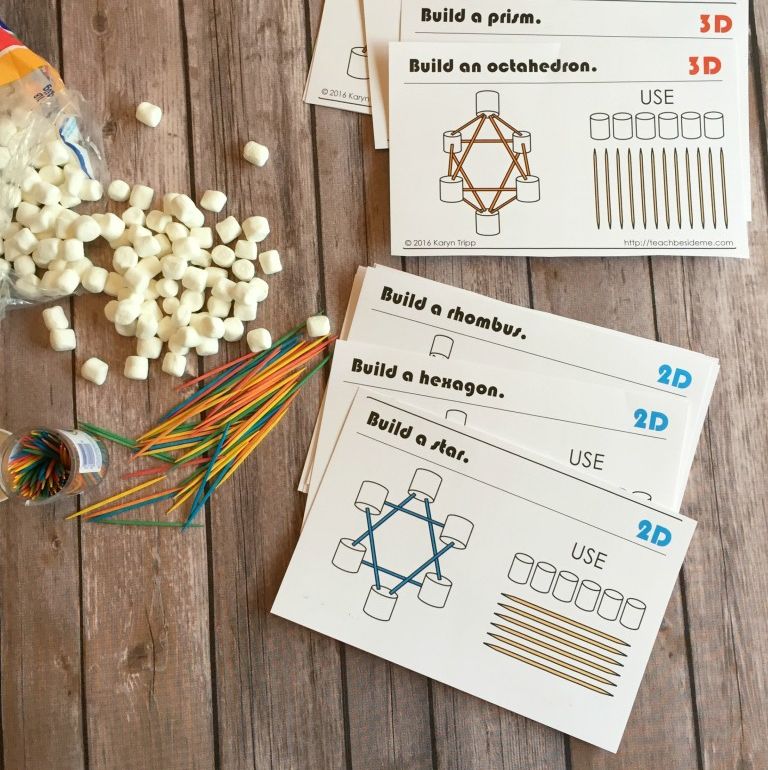
You can make various forms with mini-marshmallows, toothpicks, or tiny pretzel rods as a tasty geometry lesson. Children who are more advanced can switch from 2D to 3D projects.
15. Jewellery made in binary
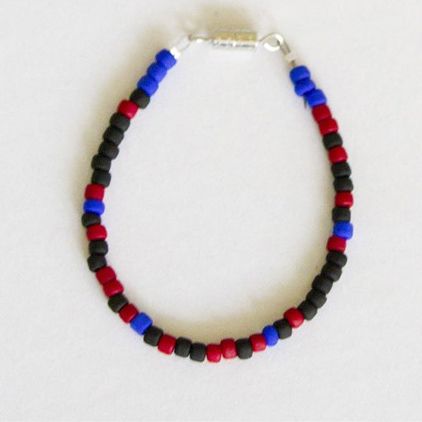
This craft uses various coloured beads to represent the 1s and 0s in binary numbers, another activity connected to coding that doesn’t require a screen. The names of their friends can be “coded” into necklaces or bracelets by having children convert letters to binary.
16. Forensics of Fingerprints
Forensics 101: Have your kids “dust” a drinking glass with flour and a paintbrush to look for prints after leaving a fingerprint on it. This works best if your fingers are a little greasy, so pizza night is a great time to try it out. You could even attempt to “lift” the fingerprint onto a sheet of construction paper using a piece of sellotape. You can discuss the fingerprint patterns that are frequently seen and how law enforcement uses prints.
17. Family Banner
Inform your children that they will become vexillologists—it sounds quite impressive! Discuss the symbols on the flags of various countries and what they stand for. Vexillology is the study of flags. They can then either gather together and design a flag for your family, or you can show them the “Good Flag, Poor Flag” guidelines from the North American Vexillological Association.
18. Mental Math
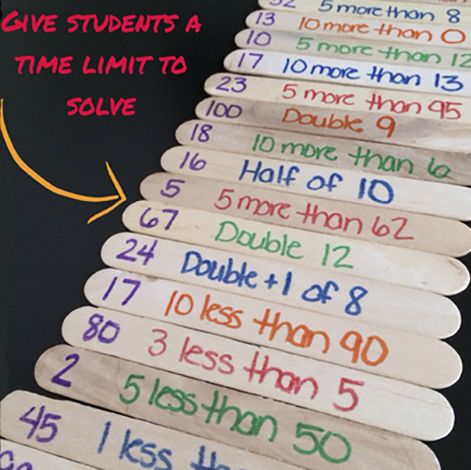
This project is fantastic since kids can do it on their own whenever they have a few minutes (like in the car): To encourage students to practise maths in their thoughts, write a number of maths problems on craft sticks. Watch how many sticks they can consume in a predetermined amount of time.
19. Crystalline Stars
Children can learn science while creating a new room décor by growing crystals in a solution of borax. (But, while using the borax, proceed with extra caution and let them know it’s not sugar.)
20. Global Pasta Map
With the help of this creative learning exercise, give the world map a 3D spin. You can use various pasta colours and shapes to represent various geographical locations or features, or you can paint coffee filters to represent the oceans.
You Can Also Read Our Book By Clicking on this LINK:- https://amzn.to/3ooUaNo
Check more of our content by clicking HERE.
